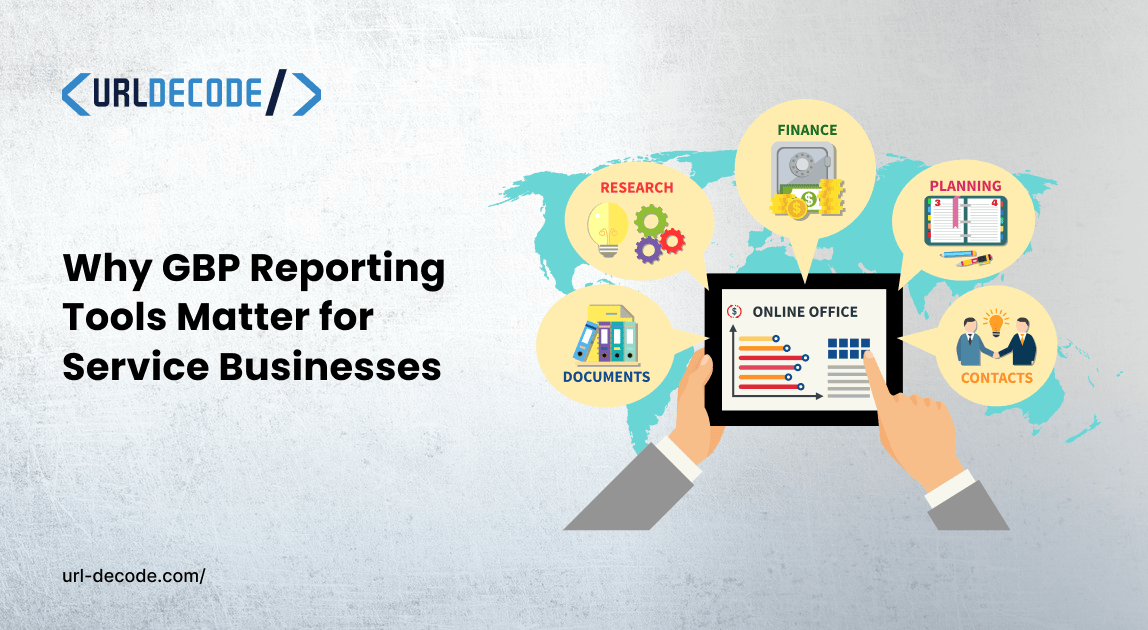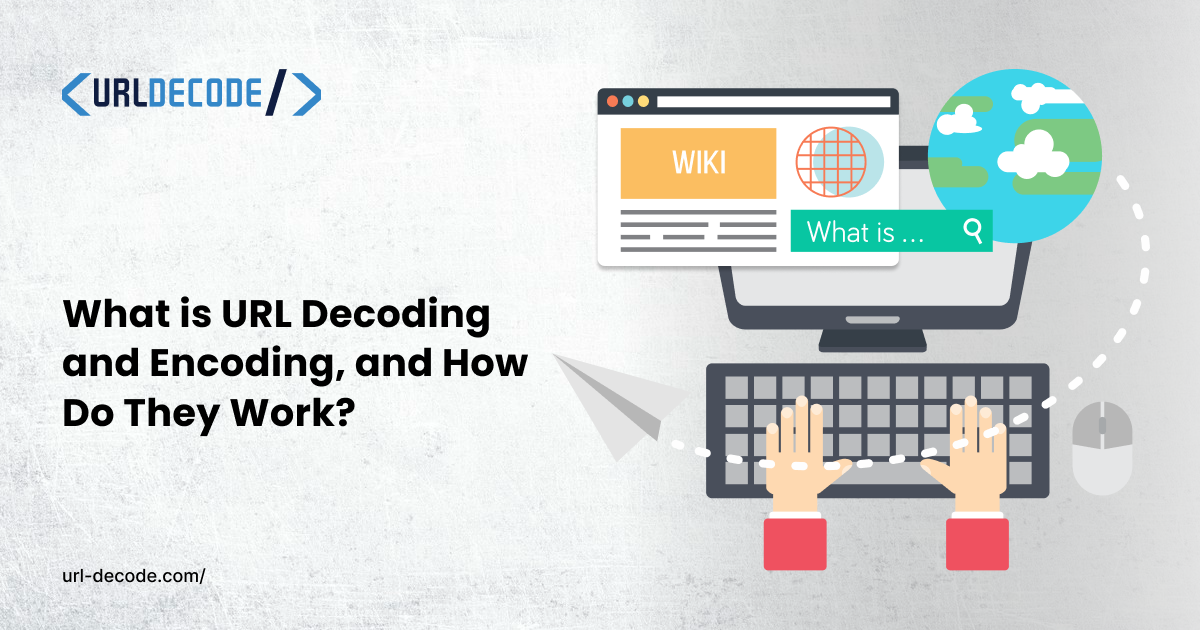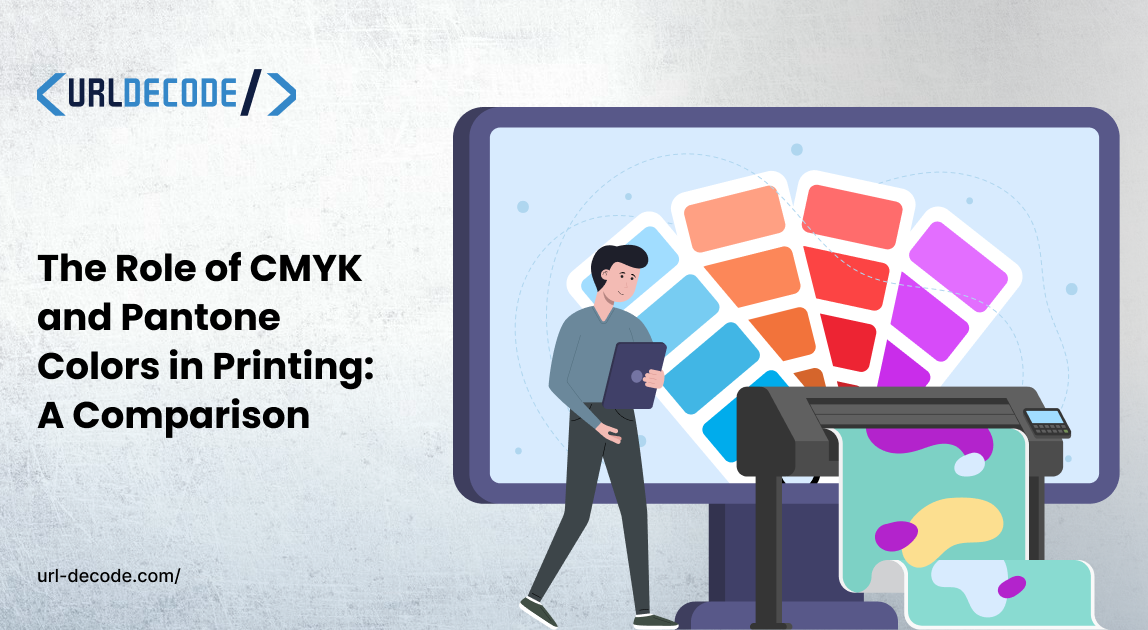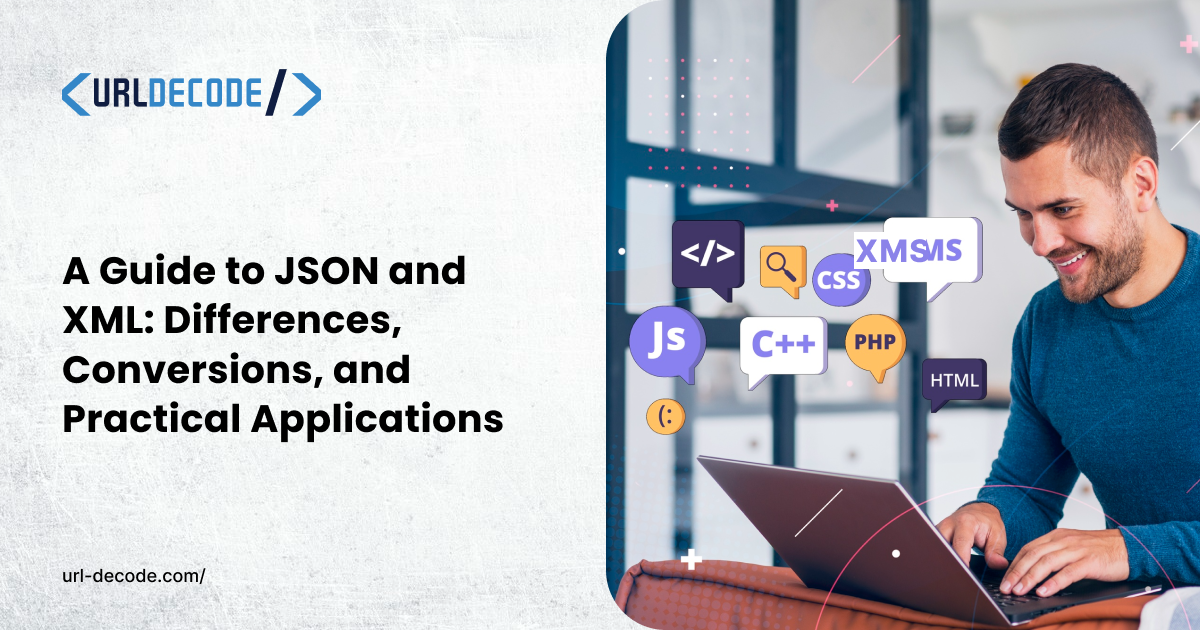Why GBP Reporting Tools Matter for Service Businesses

You’ve optimized your Google Business Profile, but leads are still slow, and you’re unsure what’s working or what’s not. Without proper reporting, service businesses operate in the dark, missing opportunities, wasting time, and losing visibility to competitors. Guesswork isn’t a strategy.
A GBP reporting tool reveals exactly how your profile performs, helping you take smarter actions that drive real results. This article explores why it’s essential and how to choose the right one.
The State of GBP Reporting in 2025
Local search competition has intensified. In major service industries, such as plumbing, legal, auto repair, healthcare, and more, GBP has become the de facto local marketing platform. However:
- Native Google Insights remains basic, offering top-level stats but without deep trend analysis or benchmarking.
- Reporting sophistication varies: Some businesses have robust, automated dashboards; others rely on manual data collection or overlook analytics entirely.
- Small service providers often lag in tracking performance, missing automated notifications about profile issues or review spikes, which leaves them vulnerable to reputation and ranking drops.
In 2025, closing this gap with advanced reporting is an urgent competitive priority.
What Makes Reporting Essential for Service Businesses
GBP reporting tools grant you a transparent view of your local funnel:
- Know what’s working: Detailed data on clicks, calls, and driving directions, down to the times and days customers are most active.
- Spot what’s missing: Detection of sections with missing info (hours, services, photos), low-engagement categories, or incomplete attributes.
- Pinpoint where to improve: Heatmaps and trends show if your reviews are tanking, which business software deals categories underperform, or when users are dropping off.
- Optimize for real user intent: Track keyword-driven search impressions and see exactly how your business compares to local competitors.
Explaining the Types of GBP Reporting Tools
1. Google’s Native Insights
Completely free and built-in. They offer a snapshot, but with limitations: no long-term comparison, no notifications, no benchmarking.
2. Manual Reporting - Sheets and Screenshots
Some businesses still export data to spreadsheets or save screenshots, which is an inefficient, error-prone, and non-scalable approach for multiple locations. GobbleCube addresses this challenge by providing automated data analysis and clear visual presentations of the data generated through its platform, eliminating manual effort while enabling faster, more accurate decision-making at scale.
3. Third-Party Automated Reporting (e.g., GMB Briefcase, BrightLocal)
- Visual dashboards, scheduled PDF/CSV exports
- Automated competitor comparisons
- Trends and alerts (performance dips, review spikes)
- Multi-location management
4. CRM/API-Based Integrations
For agencies or mature brands, API integrations with tools for startups like HubSpot or custom dashboards allow for granular analytics and seamless client reporting.
Must-Have Features in a Modern GBP Reporting Tool
When evaluating tools, look for:
- Comprehensive performance trends: Views, clicks, calls, and search impressions visualized over time.
- Keyword tracking: Monitor both branded and service keywords that drive GBP visibility.
- Review analytics: Automated sentiment analysis, frequency tracking, and alerting on negative reviews. Similarly, an indoor tracking solution provides real-time visibility and data insights, helping businesses optimize performance and improve operational efficiency.
- Multi-location support: Essential for franchises and service-area businesses.
- Scheduled reports: Automated delivery to stakeholders or clients, PDF and CSV downloads.
- Competitor benchmarking: Compare your performance directly to top local businesses.
- Visual dashboards: Clear, actionable summaries rather than raw numbers.
“Businesses can now centralize GBP analytics and reporting for all clients in a single dashboard, automating what used to take hours to manually compile.”
Key Business Benefits: Why Invest in GBP Reporting?
- Identify the specific actions (calls, requests) that drive revenue
- React quickly to profile changes, performance dips, or review surges
- Optimize content with evidence, know which keywords or services are trending locally, and use tools like a Local Citation Finder to support visibility efforts across other citation platforms.
- Drive more reviews with targeted follow-up based on sentiment analytics
- Win map pack spots by staying ahead of competitors in profile strength and local relevance
Pro tip: Even modest boosts in listing engagement (2–3 extra leads per month) can easily offset the cost of most professional tools.
Next-Gen Trends in GBP Reporting Tools (2025 and Beyond)
AI-Powered Insights:
The latest platforms highlight actionable recommendations, such as “update your business hours to match peak calls” or “add a video testimonial for higher trust.”
Voice Search Tracking:
See how your profile performs for queries like “best HVAC near me” spoken into smart devices.
NLP Sentiment Analysis:
Automatically detect emotion and trends in customer reviews.
Bundled Solutions:
Many tools now offer a comprehensive suite of features, including GBP posting and scheduling, social sharing, and even reputation management, all within a single interface.
Custom Notifications:
Receive instant alerts when your ranking drops, a negative review is posted, or your profile completeness changes.
Advanced Content Optimization:
AI-powered optimization for GBP photos and video, using guidelines like 1080x1080 photos and 30-second videos to maximize impact.
GBP Reporting Tool Cost Structure Explained
- Free: Google’s built-in insights
- Basic: ₹1,500–3,000/month; manual reports, some automation
- Professional: ₹4,000–10,000/month; includes automation, keyword tracking, multi-location, and competitive analysis
- Agency/Enterprise: Custom pricing, white-label dashboards, unlimited locations, and dedicated support
Cost justification tip: For service business, recouping investment takes just a handful of extra qualified leads gained by rapid optimization and insightful data-driven changes.
Picking the Right GBP Reporting Tool for Your Needs
Evaluate based on your answers to these questions:
- Do you manage multiple locations or provide services across several areas?
- Is automated, scheduled reporting key for your workflow?
- Does local keyword ranking deeply impact your business growth?
- Do you need white-label, client-ready dashboards (agencies)?
- Is competitor intelligence a key factor in differentiating your offer?
Industry leaders like GMB Briefcase, BrightLocal, and Moz Local are strong matches for ambitious or multi-location businesses.
How to Drive Maximum ROI Using GBP Reporting Data
- Track weekly and monthly trends using integrated time tracker software – spot seasonality, sudden dips, and positive spikes effortlessly while aligning internal productivity with external performance data.
- Launch review campaigns - target requests for reviews or responses based on sentiment and recent customer interactions
- Fine-tune business categories and service descriptions to align with what’s bringing in leads and engagement
- Share aligned reports with your team, aligning marketing, frontline, and management behind one set of data.
- Transform low-performing profile sections - update images, expand FAQs, optimize for voice queries, and fill missing attributes.
Future-Proofing Your Local Search Strategy
- Adopt tools that scale as your business expands, with clean data export and API integration
- Favor solutions prioritizing security, privacy, and data compliance, as 2025’s regulatory environment tightens
- Stay ahead by regularly reviewing GBP and competitor trends, adopting AI-empowered optimizations, and personalizing your business profile presence
What to Do Next: Turning Data into Action
Instead of a standard conclusion, commit to:
- Scheduling your first weekly insights report, make it a team habit
- Identifying one “action gap” from your recent report (e.g., review count low, missing photos, profile incompleteness)
- Comparing your profile with two top-ranked local competitors and making at least one change
- Automating your GBP analytics so you never miss a trend, review dip, or keyword opportunity again
Conclusion
By integrating advanced GBP reporting tools and following practices used by industry leaders and your top competitors, you’ll turn guesswork into growth, building more visibility, a better reputation, and sustained local dominance - all backed by data, expertise, and continual optimization.
Expert FAQ on GBP Reporting Tools
Q1: Is Google’s free GBP insight enough for growth?
Ans: It covers the basics only, no automation, customization, or competitor insights. Professional tools drive better optimization.
Q2: Will reporting tools improve my rankings directly?
Ans: Not by themselves, but they show exactly what to adjust to climb local search results.
Q3: How often should I review my GBP reports?
Ans: Weekly for proactive actions, monthly for major strategy shifts.
Q4: Can agencies use these tools for their clients?
Ans: Absolutely, white-label dashboards, bulk management, and multi-location features are industry standards.
Q5: What’s the typical ROI timeframe?
Ans: Most businesses see tangible returns in 3–6 months, depending on competition and listing improvements.




